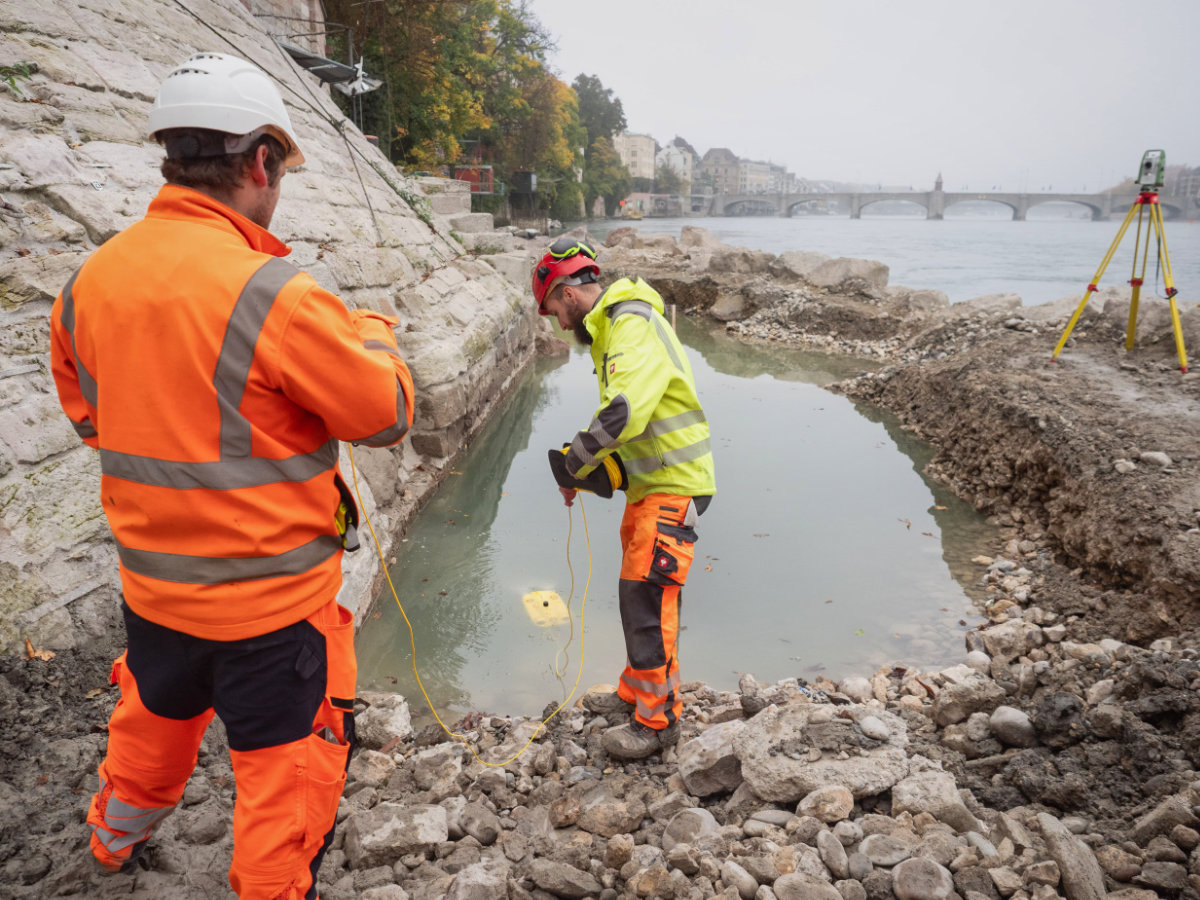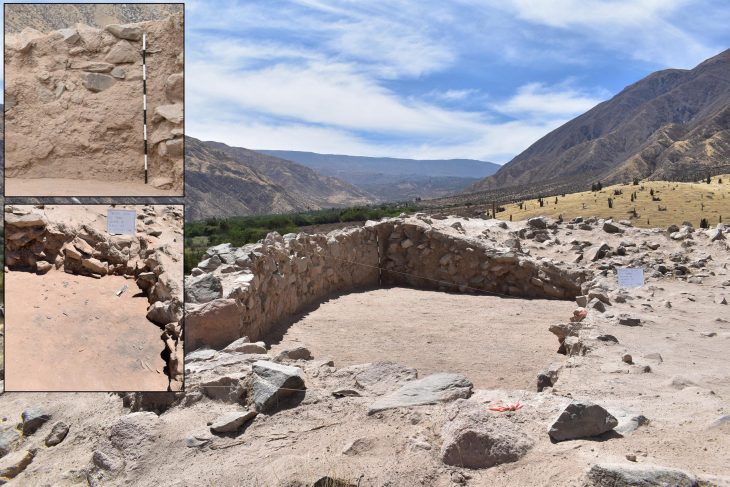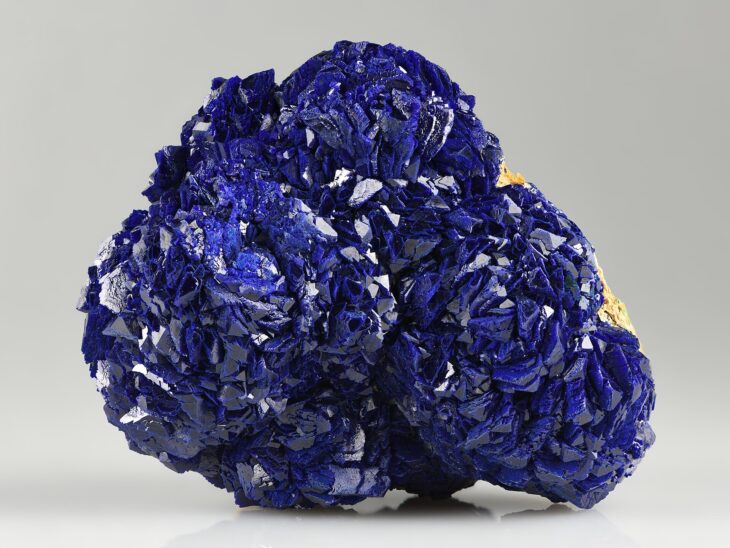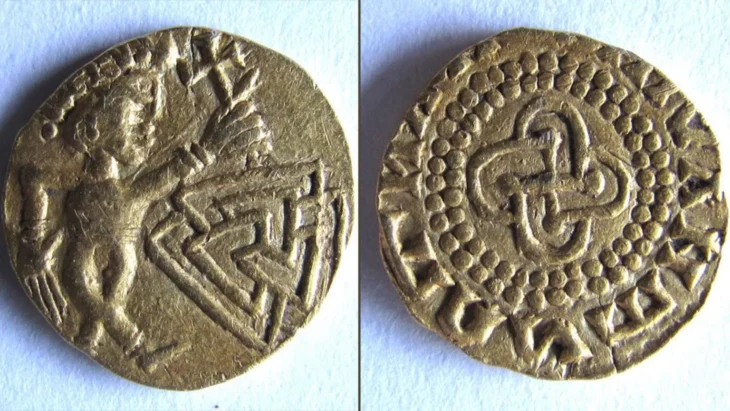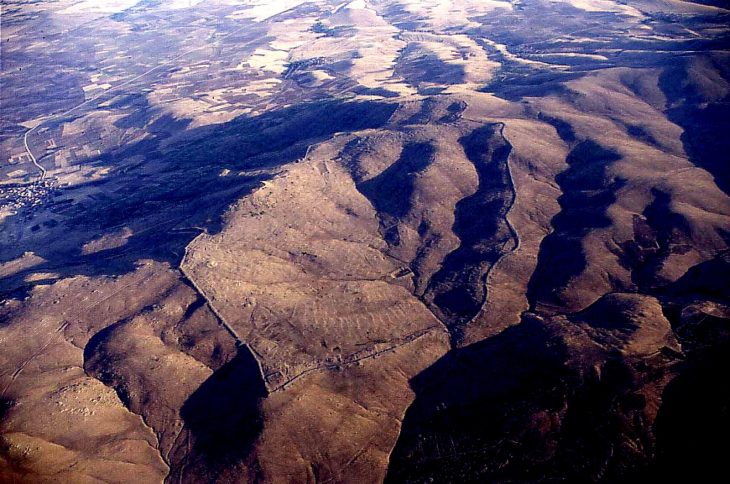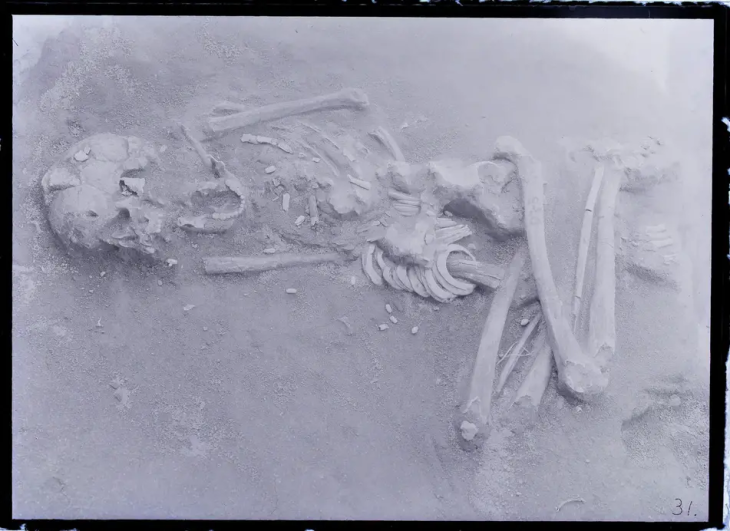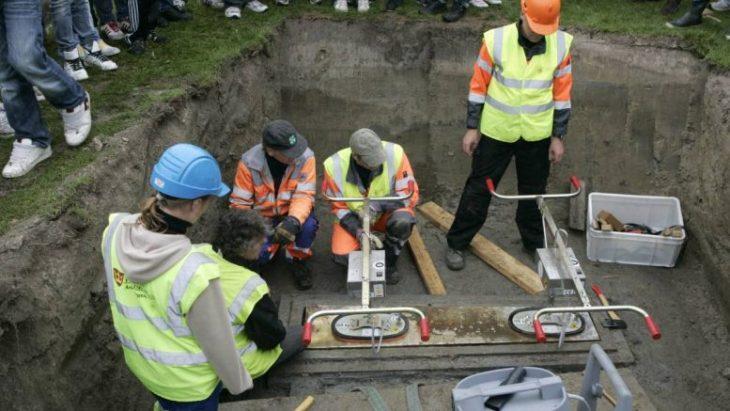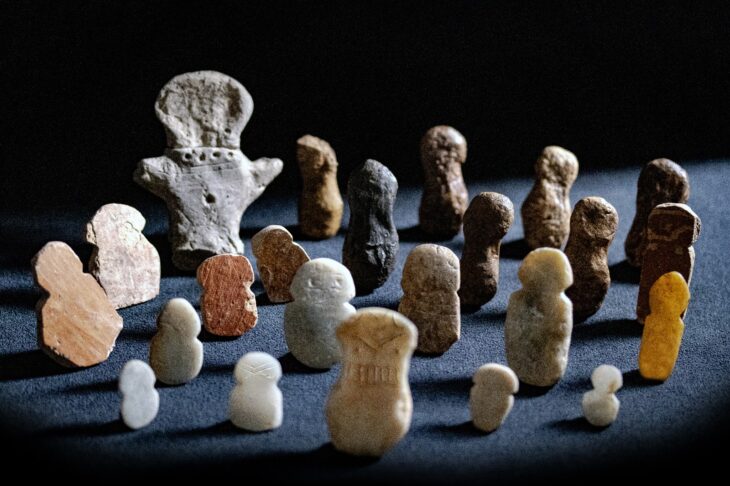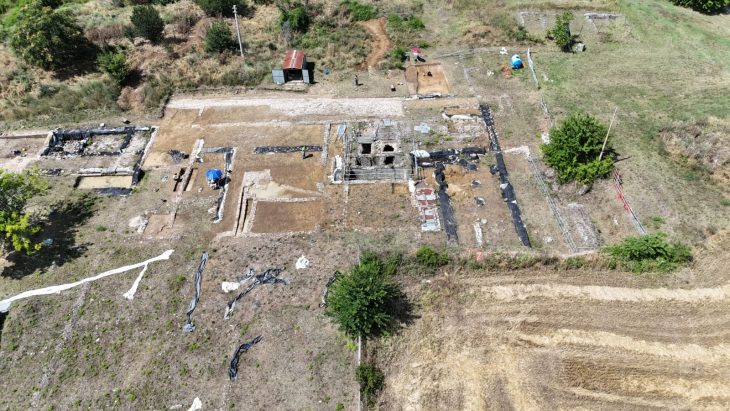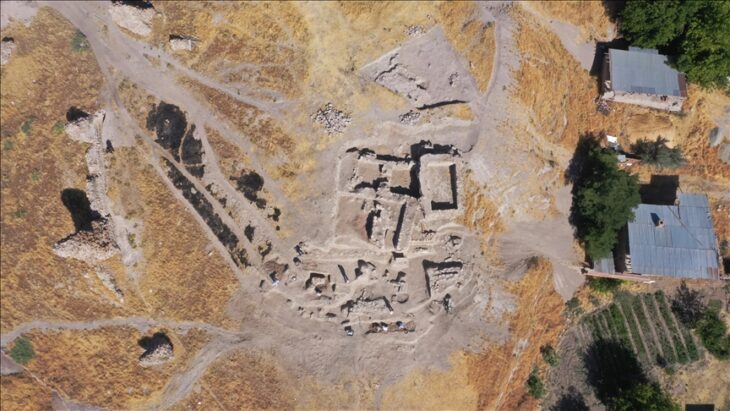Rare, well-preserved medieval seal of Basel Cathedral cantor Rudolf Kraft discovered in the Rhine, alongside Roman coins and 19th-century bath remains.
A routine engineering project beneath the iconic Pfalz terrace in Basel has turned into an archaeological sensation. During underwater restoration work along the Rhine, researchers uncovered a remarkably well-preserved late medieval seal stamp belonging to Domkantor Rudolf Kraft—a discovery that is already being hailed as one of the most important finds in recent years.
A Medieval Treasure: The Seal of Domkantor Rudolf Kraft
The highlight of the discovery is a 4.8 cm brass seal stamp bearing the inscription «ECCE(LESIA). BASILIEN(SIS) + S(IGILLVM) RVDOLFI.CANTORI». Its emblem, marked with a distinctive boar spear, identifies it as the personal seal of Rudolf Kraft, who served as a Domkantor—a cathedral cantor of Basel—between 1296 and 1305.
In medieval church structures, a cathedral cantor held a prominent and respected position. Beyond leading liturgical singing, the cantor often oversaw the musical education of clergy, managed parts of the cathedral’s administrative life, and played a key role in organizing religious ceremonies. The office combined musical authority with institutional responsibility, making it central to the spiritual and cultural life of the medieval cathedral chapter.
Finding such a complete and beautifully preserved seal in an underwater context is exceptionally rare. The stamp not only represents a personal artifact from one of Basel’s medieval ecclesiastical officials but also provides a tangible connection to the institutional history of the Basler Domkapitel. Archaeologists consider the discovery a “stroke of luck” that sheds fresh light on the city’s religious and administrative past.
📣 Our WhatsApp channel is now LIVE! Stay up-to-date with the latest news and updates, just click here to follow us on WhatsApp and never miss a thing!!
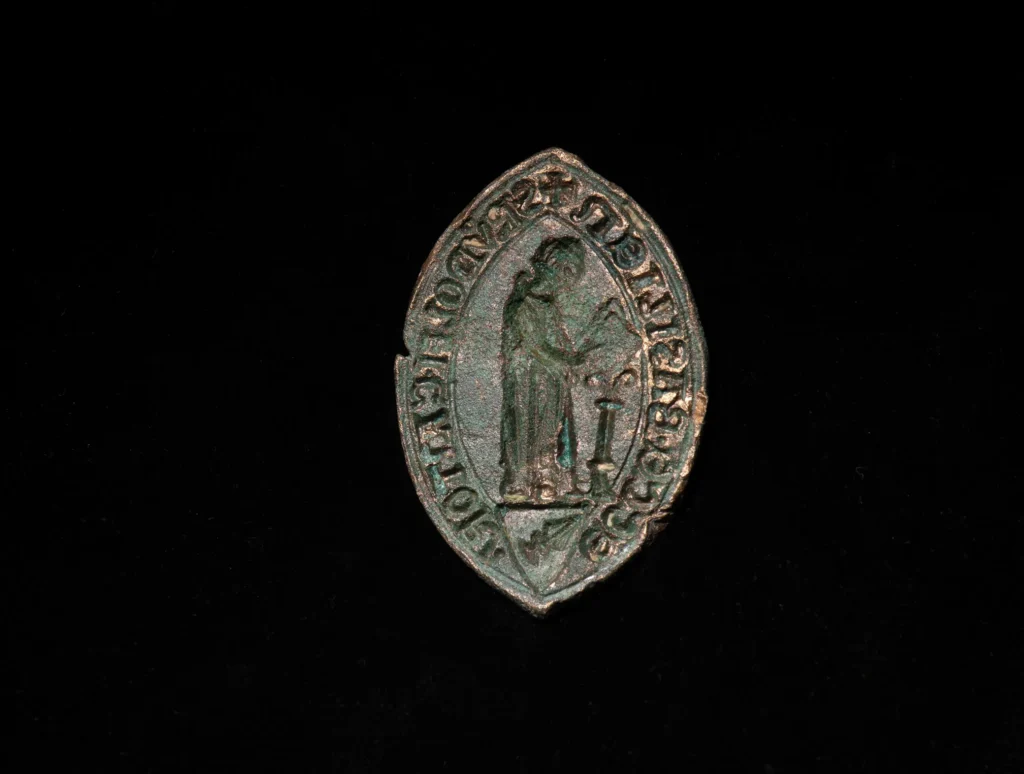
Roman Coins Resurface After More Than 1,600 Years
The underwater investigations also revealed several Roman coins, including a well-preserved silver siliqua of Emperor Gratian, minted between AD 375 and 378. Although small in size, these objects offer valuable insight into ancient trade routes, river traffic, and daily life along the Rhine.
This stretch of river has produced spectacular finds before. During the low water of the winter of 1932/33, 580 Roman coins and numerous medieval objects emerged, underscoring the archaeological richness of the site.
19th-Century River Life Rediscovered
In addition to ancient and medieval artifacts, the excavation uncovered remnants of Basel’s early modern history. Sediment removal exposed parts of the first Basel outdoor swimming facility, built in 1831 and known as the Pfalzbadhysli. An iron pile shoe—once used to anchor a wooden support post—recalls a time when the Rhine was evolving from a transport artery into a space for leisure and recreation.
The three layers of discoveries—Roman, medieval, and early industrial—reveal how the river served different roles across the centuries.
Cutting-Edge Underwater Archaeology
To document and recover the fragile objects, the Archaeological Service of Basel-Stadt used underwater cameras, drones, and metal detectors. These tools make it possible to explore the difficult zone between riverbank and riverbed, an area shaped by centuries of currents, sedimentation, and human activity.
A 2,000-Year Chronicle Beneath the Waterline
The discoveries at the foot of the Pfalz illustrate how a single stretch of riverbank can hold an extraordinary volume of historical information. From Roman silver, to a medieval ecclesiastical seal, to Basel’s first public riverside bath, the site offers an unmatched cross-section of local urban life across two millennia.
As restoration work continues, archaeologists remain optimistic: the Rhine may yet reveal more secrets—and each new find has the potential to reshape our understanding of Basel’s past.
Archäologische Bodenforschung Basel
Cover Image Credit: David Roth, Archäologische Bodenforschung Basel

